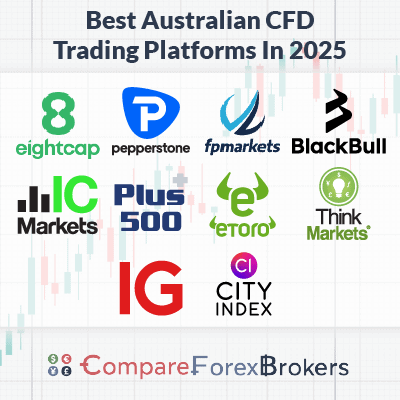
When it comes to trading, choosing the right market can make all the difference in your success. CFDs, or Contracts for Difference, have grown in popularity due to their flexibility and the vast array of financial instruments available. For those seeking to dive into the world of CFDs, it’s essential to identify the best cfd trading markets bestbrokercfd.com that align with your trading strategy and risk tolerance.
What is CFD Trading?
CFD trading allows investors to speculate on the price movements of various assets without actually owning the underlying asset. This trading method is beneficial for those looking to profit from price changes in the markets. By trading CFDs, you can leverage your position, which means you can control a larger position with a smaller amount of capital, amplifying potential profits as well as risks.
Why The Right Market Matters
Choosing the right market is crucial for maximizing your trading potential. Different markets have varying levels of volatility, liquidity, and trading hours, which can significantly affect your trading outcomes. Understanding these factors is essential to create an effective trading strategy.
Key Considerations When Choosing CFD Markets
- Volatility: Markets with higher volatility can provide lucrative trading opportunities but also come with greater risk. It’s important to evaluate whether you are comfortable with the potential for rapid price fluctuations.
- Liquidity: A liquid market allows traders to enter and exit positions easily without significantly affecting the price. Look for markets that consistently have high trading volumes.
- Trading Hours: Markets that are open for a longer duration allow for more trading opportunities. Ensure that the market hours align with your trading schedule.
- Costs and Fees: Consider spreads, commissions, and other trading costs. Opt for markets that offer favorable trading conditions to enhance your profitability.
Top CFD Trading Markets
1. Forex Market
The Forex market is the largest and most liquid market in the world, making it an excellent choice for CFD traders. With a wide range of currency pairs to choose from, traders can capitalize on various economic and political events influencing currency values. The 24-hour nature of Forex trading also provides flexibility for those who cannot trade during standard market hours.
2. Commodities Market
Commodities such as gold, silver, crude oil, and agricultural products offer another exciting arena for CFD trading. These assets are influenced by supply and demand dynamics, geopolitical factors, and economic conditions. The commodities market can be highly volatile, providing ample opportunities for skilled traders to profit.
3. Indices Market

Trading CFDs on major indices like the S&P 500, NASDAQ, or FTSE 100 allows investors to gain exposure to a diversified portfolio of stocks. Index trading is generally less volatile than individual stocks and provides a safer option for those looking to engage in the stock market without picking individual shares.
4. Cryptocurrencies Market
The rise of cryptocurrencies has opened up a new domain for CFD trading. Bitcoin, Ethereum, and other digital currencies have high volatility, presenting both opportunities and risks. The crypto market operates 24/7, allowing traders to exploit price movements at any time, which can be advantageous in today’s fast-paced trading environment.
5. Shares and Equities Market
CFD trading on shares allows traders to bet on the price movements of individual companies without actually owning the shares. This market is ideal for those who want to trade stocks but have limited capital or want to leverage their positions. Key factors affecting share prices, such as company earnings reports and market sentiment, can significantly impact CFD trading outcomes.
Strategies for Trading CFDs Successfully
Once you’ve selected the best CFD trading markets for your interests, developing a robust trading strategy is crucial. Here are some strategies to consider:
1. Technical Analysis
Many CFD traders rely on technical analysis, using charts and indicators to identify trends and potential price movements. Familiarize yourself with tools such as moving averages, relative strength index (RSI), and Fibonacci retracement levels.
2. Risk Management
Effective risk management is paramount in CFD trading. Always use stop-loss orders to safeguard against unexpected price movements and never risk more than you can afford to lose. Diversifying your trading portfolio across different markets can also help mitigate risks.
3. Stay Informed
Being aware of economic news, market events, and geopolitical developments can give you an edge in your trading decisions. Utilize financial news websites, economic calendars, and market analysis from reputable sources.
Conclusion
The best CFD trading markets provide a wealth of opportunities for traders willing to put in the time and effort to learn and adapt. By understanding the characteristics of each market, employing solid trading strategies, and managing risk effectively, you can enhance your potential for success in CFD trading. Start exploring these markets today, and may your trading endeavors be fruitful!
